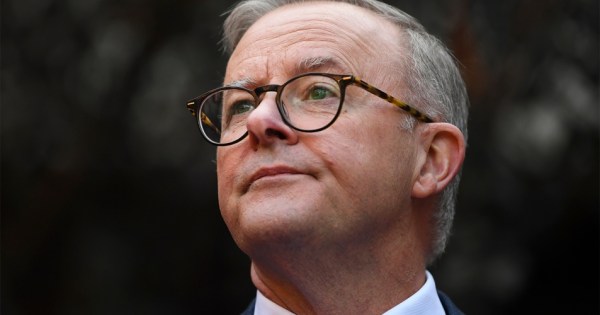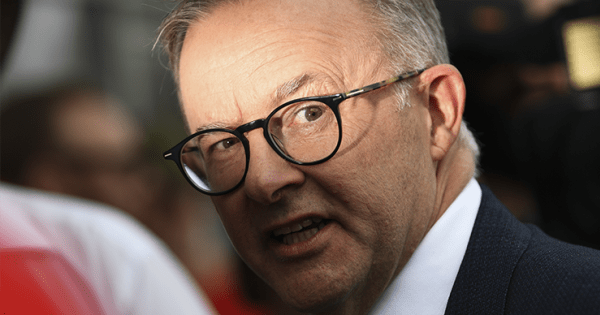For the second time in as many days the head of the US Federal Reserve, Ben Bernanke, has made it clear that curtailing inflation and securing a strong US dollar are now the Fed’s highest priorities.
Bernanke’s speech was made overnight to a graduating class at Harvard, of which he is an alumnus, where he spoke extensively about the battle to control inflation, and how the campaign in 2008 was vastly different to 1975.
Central bankers do not normally comment on the value of currencies because that is left to the politicians in the finance ministries. So for Bernanke to comment on the value of the dollar on Tuesday, and to support a strong currency, was seen as a major surprise and one that has apparently surprised central banks in other major economies.
Central banks like the Reserve Bank of Australia are now faced with the prospect that the US has a publicly stated policy of wanting to see the US currency rise against other currencies, like the Aussie dollar. In the short term that won’t be too much of a problem if the change happens, and happens slowly: but if there is a rapid rise in the value of the greenback, it could very well start allowing inflationary pressures to build in economies such as Australia, New Zealand, Canada and Europe.
The strong value of the Australian dollar has helped dampen inflation over the past 15 months, especially the cost of oil imports. Our high interest rates and the buoyant outlook for resource exports over the next year will probably help maintain the dollar at current levels. But forecasts of the Australian dollar reaching parity from the likes of Westpac, the ANZ and Bank of America, are now in doubt.
Regarding inflation the Federal Reserve likes to see it in the range of 1%-2%, but it, like the RBA, has a dual policy objective: price stability on the one hand and the economy and growth on the other. Up until this point in time the seven cuts in interest rates have tried to combine both objectives since last September and the onset of the credit crunch.
Now inflation is the target and even by the Fed’s own preferred core measure, it’s around 2.4%, while consumer prices are rising at around 3.9% and producer prices are well above 7% annualised.
Bernanke’s comments left Wall Street flat after two days of fall: his comments choked off a rebound and it saw major commodities like gold, copper and oil fall. Oil finished close to $US122 a barrel and has now fallen almost 10% from its all time high last month of $US135.09. Copper fell to a three month low and gold slipped lower to around $US883 an ounce.








Bernanke makes it sound like he is voluntarily choosing to raise interest rates because he has some noble and saintly concern for US inflation. Ha! The truth is that the Fed is now in a corner and Bernanke HAS TO make noises about inflation because US banks are pretty soon going start increasing interest rates all on their own out of sheer desperation, regardless of what the Fed says or does. Why? Well, the Fed has managed to sell off 88% of its own securities supply (eg Treasuries) in the last few months since it started taking garbage from banks in exchange for “liquidity”, and it is now down to its last desperate $34.3 billion worth (down from $267 billion worth). That means it doesn’t have much more money to throw at IBs and US banks through its alphabet soup crony bailout programs. All of this information means that US banks are going to start jacking up interest rates soon, and the Fed will have to follow suit if it wants people to continue to believe the lie that Bernanke’s Fed is “in control”. None of this should have come as a surprise to any foreign centrals banks, including the RBA. That debt bubble is going deflate at an accelerated pace. I read a rumour a month ago that the Rudd govt was quietly making plans in the background for a bank bailout program. Now that push is coming to shove, I can see why they would be organizing contingency plans now. When interest rates finally kick up higher, I think there is going to be a tidal wave of debt defaults globally.